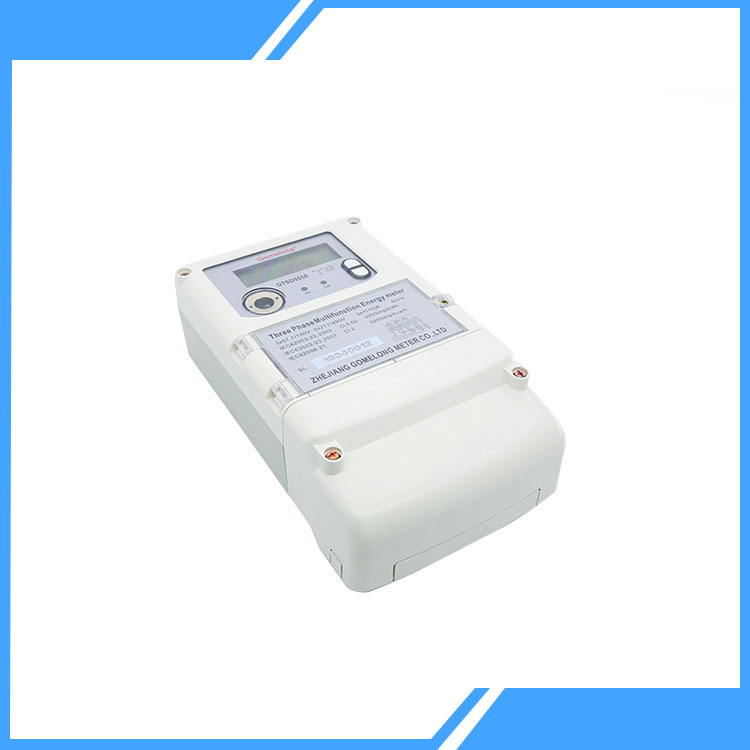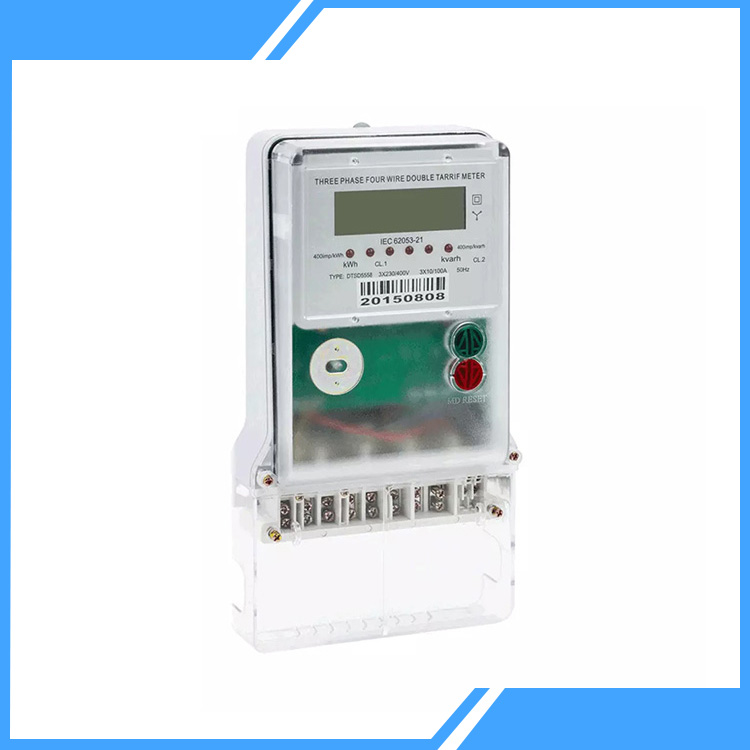Programmable Smart PLC (Programmable Logic Controller) Electricity Meters and Three-Phase Multi-Function Power Meters are both advanced electrical measurement devices, however, the two differ greatly.


It is usually integrated with the PLC module and allows for expansion through additional I/O or communication modules.
Compact and standardized.
Programmability: Supports custom logic control, enabling automation of complex electrical tasks (e.g., load management, tariff switching).
Scalability: Modular design allows integration with SCADA systems, PLC networks, or IoT platforms via 4G, NB-IoT, or power-line carrier (PLC) communication.
Functionality: Beyond metering, they offer demand response, anti-theft features, and user behavior analysis.
Complexity: Programming skills are required for configuration.
Cost: Higher initial investment due to advanced hardware and software.
High Precision: Measure voltage, current, power factor, and harmonics with accuracy up to 0.1% or 0.2S class.
User-Friendly: Direct display of real-time data (e.g., voltage, current, frequency) via multi-line LEDs, eliminating the need for external tools.
Cost-Effective: Lower price point compared to PLC meters, making them suitable for budget-conscious projects.
Limited Programmability: Lacks custom logic control; primarily focused on measurement and basic data logging.
Communication Options: Typically supports RS-485 (Modbus-RTU) but may lack advanced wireless connectivity without additional modules.
Solid-state electronic devices ensure long-term reliability with minimal mechanical wear, but they may require regular calibration.
Data access often requires integration with external systems (e.g., HMI panels, software dashboards).
Highly readable due to multi-line LED.
Alarms for out-of-range values (e.g., overvoltage, underfrequency) enhance safety and operational awareness.
In brief, PLC instruments are suitable for large-scale industrial automation but require technical expertise and higher costs, while three-phase instruments are more appropriate for tasks with tight budgets or direct monitoring.If you need, you can contact us for more detailed information.